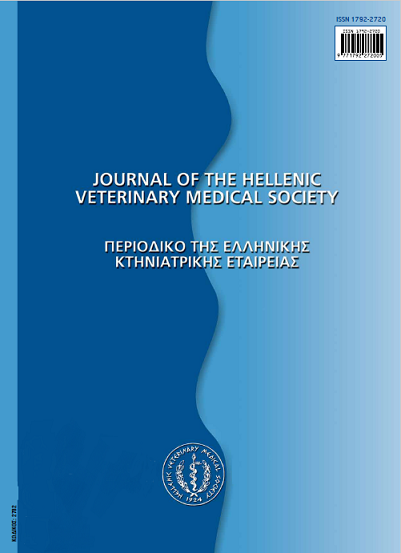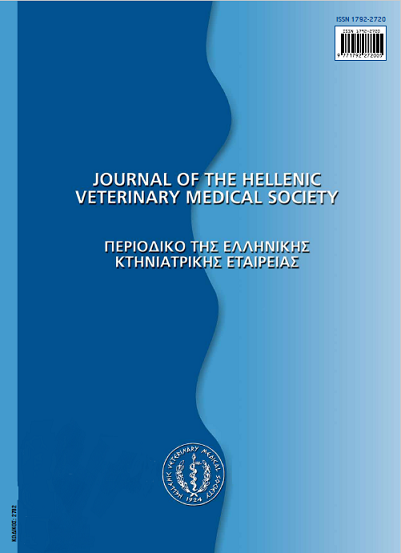Tenacibaculosis in aquaculture farmed marine fish
Abstract
Tenacibaculosis is a limiting factor of the culture of many farmed marine fish worldwide. In marine fish species, the main etiological agent of the disease is the bacterium Tenacibaculum maritinun. The disease is responsible for high mortalities in intensive aquaculture farms. The infection can cause external pathological signs and lesions to the fish, such as ulcers, hemorrhagic and necrotic lesions on the skin, fins and tail, hemorrhagic stomatitis and corrosion of the tail and fins. In the present review information is provided regarding Tenacibaculum maritinun strains that infect farmed marine fish, the disease, the causative agent, host species, clinical symptoms, methods of diagnosis, pathogenesis of infection, the treatment and prevention of the disease.
Article Details
- Zitationsvorschlag
-
GOURZIOTI (Ε. ΓΟΥΡΖΙΩΤΗ) E., KOLYGAS (M.N. ΚΟΛΥΓΑΣ) M. N., ATHANASSOPOULOU (Φ. ΑΘΑΝΑΣΟΠΟΥΛΟΥ) F., & BABILI (Β. ΜΠΑΜΠΙΛΗ) V. (2018). Tenacibaculosis in aquaculture farmed marine fish. Journal of the Hellenic Veterinary Medical Society, 67(1), 21–32. https://doi.org/10.12681/jhvms.15620
- Ausgabe
- Bd. 67 Nr. 1 (2016)
- Rubrik
- Review Articles

Dieses Werk steht unter der Lizenz Creative Commons Namensnennung - Nicht-kommerziell 4.0 International.
Authors who publish with this journal agree to the following terms:
· Authors retain copyright and grant the journal right of first publication with the work simultaneously licensed under a Creative Commons Attribution Non-Commercial License that allows others to share the work with an acknowledgement of the work's authorship and initial publication in this journal.
· Authors are able to enter into separate, additional contractual arrangements for the non-exclusive distribution of the journal's published version of the work (e.g. post it to an institutional repository or publish it in a book), with an acknowledgement of its initial publication in this journal.
· Authors are permitted and encouraged to post their work online (preferably in institutional repositories or on their website) prior to and during the submission process, as it can lead to productive exchanges, as well as earlier and greater citation of published work.










